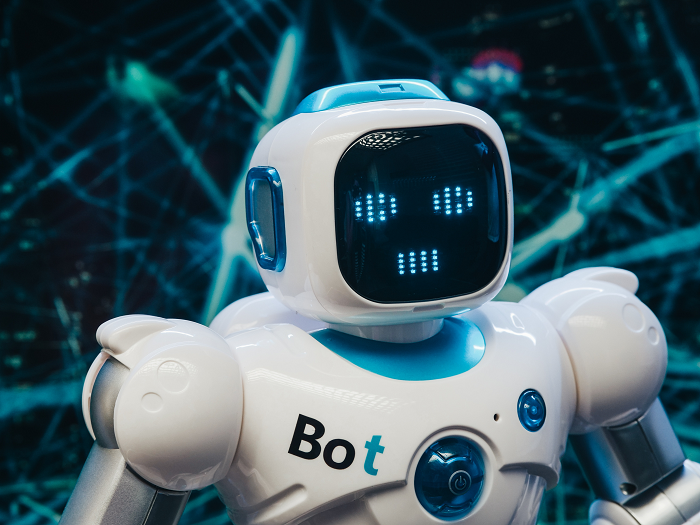Artificial intelligence is all the rage these days. News articles are abuzz with the latest applications of AI algorithms like ChatGPT, Google’s Bard, or Microsoft Bing’s AI-powered search. It’s clear that AI will have some major impacts on how we live, work, and play in the near future.
Dental care is also an area that will be affected by the artificial intelligence revolution. Dentists and researchers are already finding ways to utilize AI tools to deliver cutting-edge dental care to patients. Here are a few examples of how artificial intelligence is being used in dentistry.
Designing Dental Prostheses
Dental prosthetics like artificial teeth, bridges, and implants are a common way to treat oral problems. But, they are difficult to design because every case is completely unique. Dentists and dental labs currently rely on physical impressions and software modeling to create oral prosthetics for patients. Even with the best human minds at work on the problem, dental prosthetics don’t always come out perfectly and often require minor adjustments for the comfort of the patient.
Artificial intelligence can create even more detailed designs for oral prosthetics, leading to a better results. Researchers in Hong Kong used AI technology to design a single molar dental prosthesis with remarkable accuracy. This is only one example of an application that is sure to grow in the coming decades.
Calculating The Working Length Of A Root Canal
The “working length” of a root canal procedure is the distance between the top of the tooth and a point just before the end of a tooth’s root. Calculating the working length is a critical aspect of a root canal procedure. An endodontist must be very precise in this measurement, because getting it wrong could result in failure of the procedure. Endodontists have used a number of techniques to calculate the working length of a root canal procedure, from mathematical formulas to radiography to just feeling it out by touch. All of these have varying degrees of success, and a chance for miscalculation.
Artificial intelligence can improve the accuracy of determining a working length. One study tested an artificial neural network against experienced endodontists to see which group could calculate the working length better. The study found that the endodontists were able to calculate the working length accurately in 76% of cases, and the neural network was able to calculate it correctly in 96% of cases. That’s a huge difference, and a lot of patients who would be better served by this technological tool!
Predicting Postoperative Pain
Artificial neural networks have also been able to help with another aspect of root canal procedures: predicting the amount of pain patients will experience after the root canal is completed. Pain prediction is important because it helps dentists set expectations and develop a treatment plan for patients to manage their post-operative discomfort. Correctly managing a patient’s pain can mitigate discomfort and increase patient satisfaction in a procedure.
A recent study was able to use artificial neural networks to correctly predict acute (short-term) and persistent (long-term) pain after a root canal procedure. Researchers used artificial intelligence to calculate the relationships between clinical factors, determining which of these factors contributed the most to a patient’s post-operative pain. This information can help dentists and endodontists tailor their treatment approaches to individual patients and design post-operative pain management plans to enhance the comfort of their patients.
Detecting Oral Diseases In Dental Imaging
The most versatile application of artificial intelligence in dentistry might be the diagnosis of oral diseases in dental imaging. Currently, dentists must rely on their training and experience to evaluate dental x-rays and other imaging to diagnose problems. The process can be inexact, and sometimes an early-onset disease might get missed. AI can use advanced algorithms to look at more factors than a human brain ever could.
Researchers have discovered several applications for AI to uncover dental diagnoses, including:
Conclusion
Artificial intelligence is unlikely to replace your dentist, but it does have the potential to be an essential tool in your dentist’s practice. We’re still in the early stages of determining how this technology can be applied to medical science. So far, the possibilities seem extremely promising!

